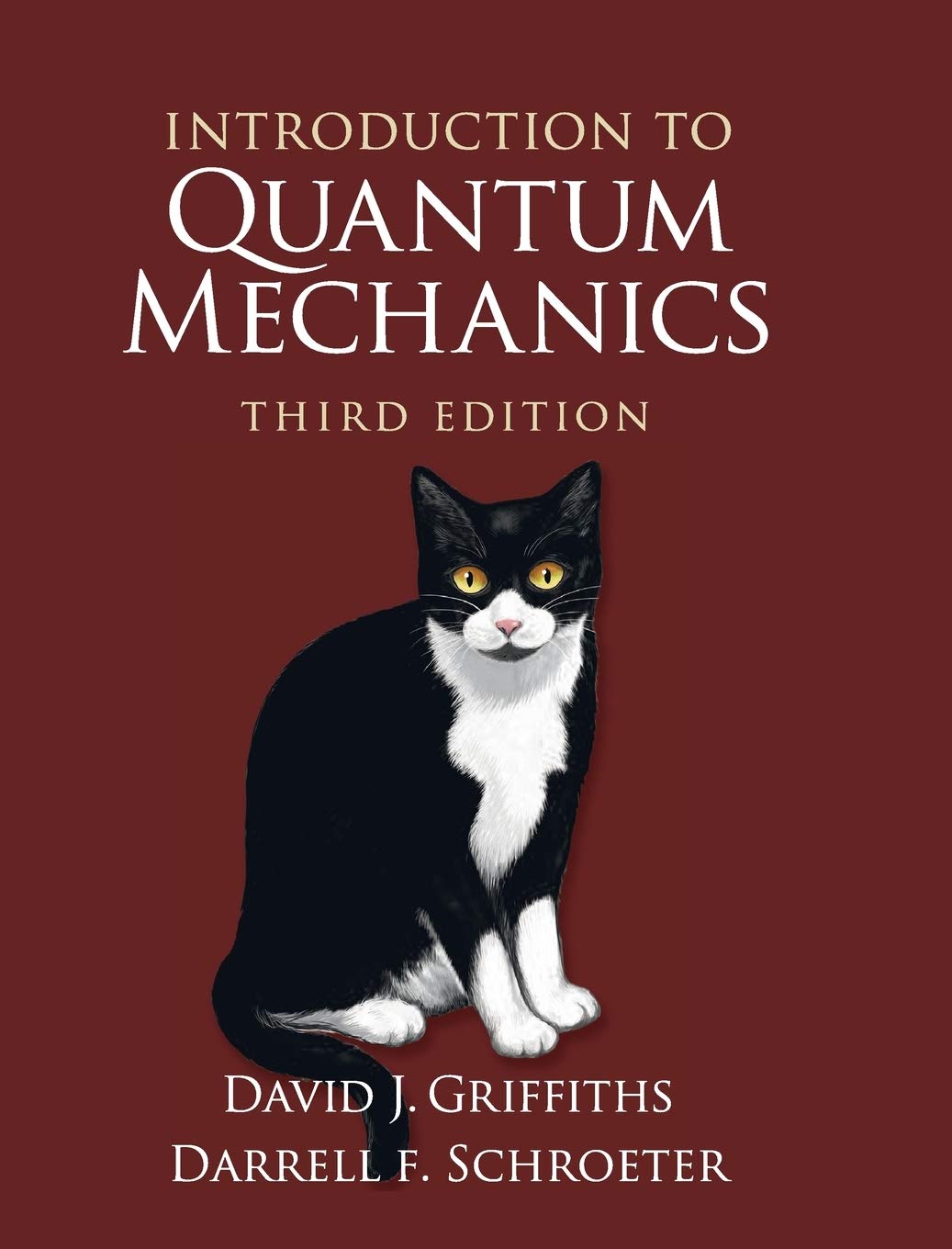
Semi-weekly Quantum
Information Science
Seminar.
Week 1
Assuming a basic understanding of linear algebra and familiarity with bra-ket notation (Dirac notation), we cover the basic axioms of quantum mechanics on finite dimensional systems. These provide the foundation for the simplifications of quantum circuitry and more general considerations of quantum operations.
Hilbert Space
Quantum systems are described by an associated Hilbert space (equivalent to a complex inner product space in finite dimension), where points in this space represent and completely determine the state of the system.
Time Evolution
Time evolution is determined by the Schrodinger Equation, from which we may show that the evolution of isolated systems over finite periods of time may be described by unitary transformations on the state.
Measurement
Measurement on the system may be described by a complete set of measurement operators that return corresponding output states with certain probabilities.
Composite Systems
The total state of two isolated systems, of which the state is completely known for each individually, is described by the tensor product of their two respective states.
Quantum Operations
By considering the evolution of subsystems as they interact with some environment, a more general scheme for time evolution of subsystems may be considered, of the form below:
Quantum Circuits
Hamiltonians acting over finite periods of time are representable as unitary 'gates' which are applied locally or globally to arbitrary sets of initialized qubits in the circuit. Measurement is then performed on an arbitrary set of these qubits to yield the output of a quantum computation.
Week 2
After discussing the effect of decoherence, the desired properties of prospective quantum computational systems are explored, with a brief mention of current limitations of modern systems. We then consider these aspects in two example systems: the quantum harmonic oscillator; and spin one-half particles.
Discrete & Distinguishible
Of course, we intend for the computational system to be discrete so that we may have states with certainty; analagous to a digital computer (as opposed to an analog one). Further, the states of interest should be non-degenerate so that read-out and excitations are not ambiguous.
Initializable
Before evolving the states of the computer's registers, it is also necessary that we may initialize the system into a known state by some certain means.
Controllable
Once the state is initialized it's imperative that we have some control over it's evolution (analgous to the ability to compute with it). The Hamiltonian elements used for control must also be distinct from the means by which we categorize the states of the system.
Measurable
Once we've evolved the state from some known intial state by some known means of control, we then must be able to reliably measure the output quantum states to yield our desired classical information (weak measurements are also possible, though they are not covered here).
Week 3
After a brief review of quantum operations we take a close look at the details of a recently proposed quantum neural network architecture. This is then explored in detail for a small example, with simulated results in QuTip.
Week 4
A brief introduction and overview of two common quantum algorithms is given. Simulated results for some of these circuits are then provided using IBM's Qiskit. We then run a small example on a real quantum computer!
Week 5
This presentation gives a brief overview of negatively charged NV centers in diamond, and particularly focuses on their use as qubits. The relevant energy levels of the system are discussed, as well as their initialization, manipulation, and measurement.
Week 6
After a discussion of the quantum no-cloning theorem, a step-by-step breakdown of the two-party qubit teleportation scheme is presented.
Resources
Reference texts, research articles, and semi-weekly slides.
The most common reference textbook for basic quantum information and quantum computational science is Michael Nielsen & Isaac Chuang's Quantum Computation & Quantum Information.
For those completely new to quantum mechanics, a good introductory textbook is David Griffith's Introduction to Quantum Mechanics.
